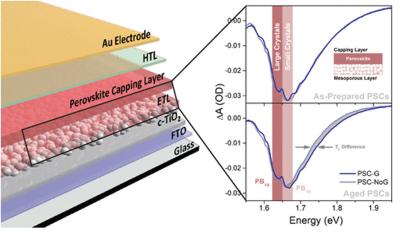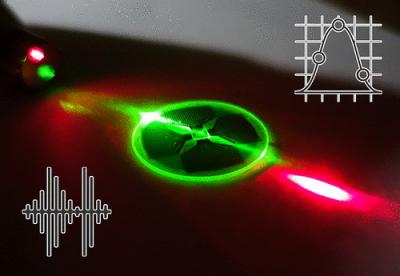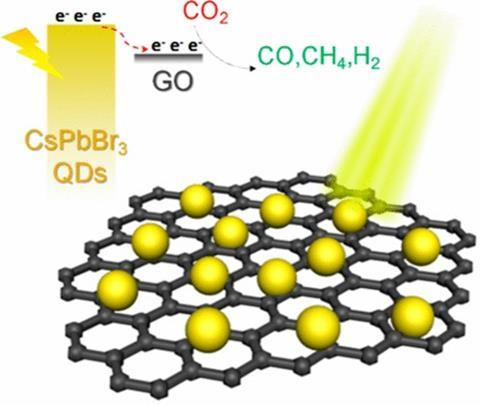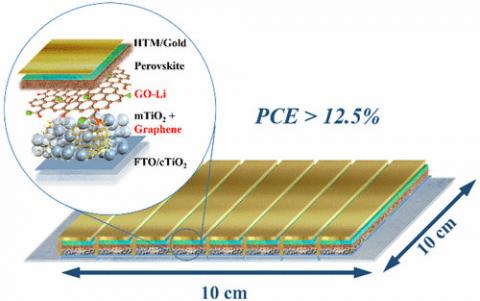Researchers use perovskite QDs to design a device that mimics brain cells used for human vision
University of Central Florida researchers are helping to close the gap separating human and machine minds, using a technology based on perovskite quantum dots. In a recent study, a UCF research team showed that by combining two promising nanomaterials into a new superstructure, they could create a nanoscale device that mimics the neural pathways of brain cells used for human vision.
"This is a baby step toward developing neuromorphic computers, which are computer processors that can simultaneously process and memorize information," said Jayan Thomas, an associate professor in UCF's NanoScience Technology Center and Department of Materials Science and Engineering. "This can reduce the processing time as well as the energy required for processing. At some time in the future, this invention may help to make robots that can think like humans."





